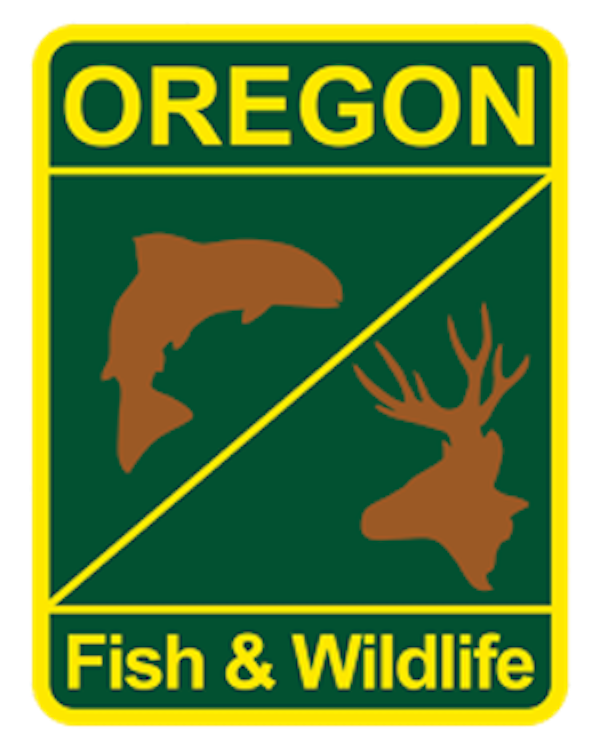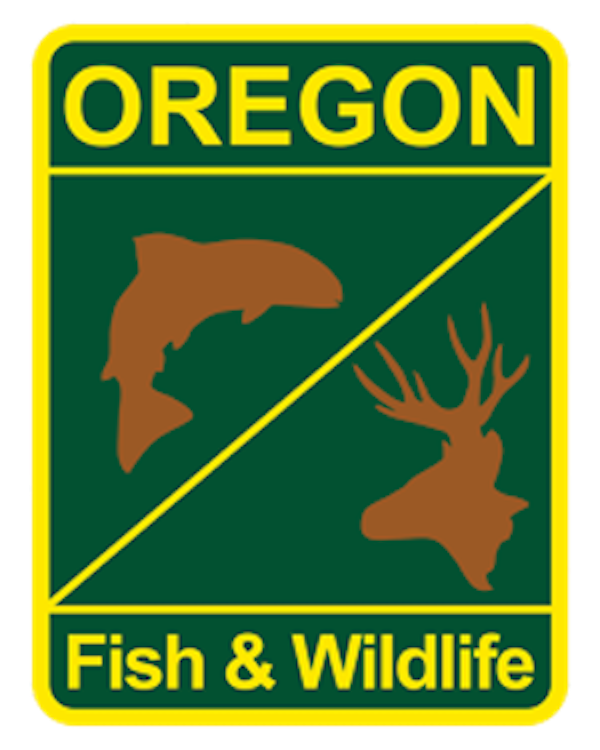Fish Report for 9-7-2022
ODFW program returns nutrients from hatchery salmon back to rivers and streams - Keep dogs away from dead salmon

by OR Department of Fish & Wildlife Staff
9-7-2022
Website
SALEM, Ore.— Why are there dead salmon in the river? If you live close to a river or stream in the Willamette Valley, you might come across salmon carcasses or see ODFW staff and volunteers slinging carcasses into the water during September and October.
In September, salmon will begin the end of their life's journey in Willamette Valley rivers as they gather to spawn and die. Historically, thousands of adult salmon spawned and died in these rivers and streams, supplying essential nutrients to fuel the stream ecosystem. The salmon also feed bears, otters, raccoons, skunks, turkey vultures, eagles, hawks, ravens, and other animals as well as fertilize trees and vegetation along the stream banks.
September is also when ODFW hatcheries spawn salmon for future smolt releases. After the salmon are spawned, ODFW staff and volunteers distribute the salmon carcasses from the hatcheries to rivers and streams throughout the Willamette Valley for stream nutrient enrichment.
Hatchery salmon carcasses distributed to rivers and streams around Oregon enrich the food web of stream systems. By returning hatchery brood salmon carcasses to local rivers and streams, their bodies can provide nutrients for algae and other aquatic plants, as well as food for aquatic invertebrates that in turn provide forage for larger species such as fish.
While this contribution of nutrients is vital to the entire ecosystem, salmon carcasses may harbor bacteria in their blood that can make dogs very sick. Salmon poisoning is caused when dogs eat a salmon carcass infected with an organism in the blood called Neorickettsia helminthoeca. Without treatment, salmon poisoning is often fatal. Symptoms include severe vomiting and diarrhea. Fortunately, with treatment most dogs will survive.
From September through December, dog owners should be vigilant about keeping their dogs away from dead salmon. While ODFW tries to avoid areas such as boat ramps, campgrounds, and parks when distributing salmon, rivers and streams will carry salmon downstream to areas where dogs may encounter them. If you see your dog eating a dead salmon, or even around one, take them to the veterinarian right away. Don't wait for your dog to get sick as prophylactic treatments can prevent a more serious illness. The sooner your dog gets treated, the less likely they will get sick and need expensive treatments.
Learn more about ODFW's stream nutrient enrichment program.
More Reports
OR Department of Fish & Wildlife Reports
for Thursday, September 1st, 2022
: ODFW Recreation Report
Columbia River: All salmon fishing closed below Bonneville Dam starting Sept. 2
Summer steelhead fishing continues to be fair
Nestucca River
8-29-2022
Fall Chinook fishing in the Nestucca is slow as we are still early for this run, which really doesn’t kick...... Read More

Website Hosting and Design provided by TECK.net